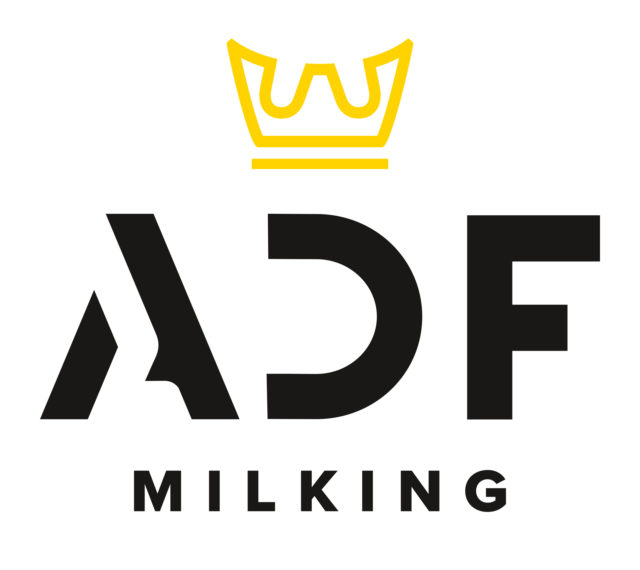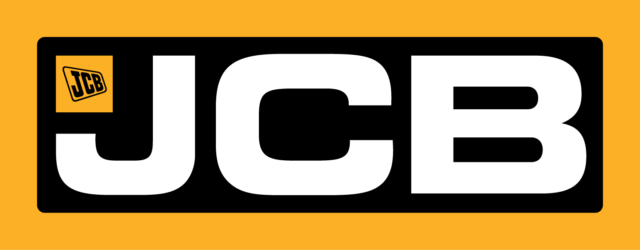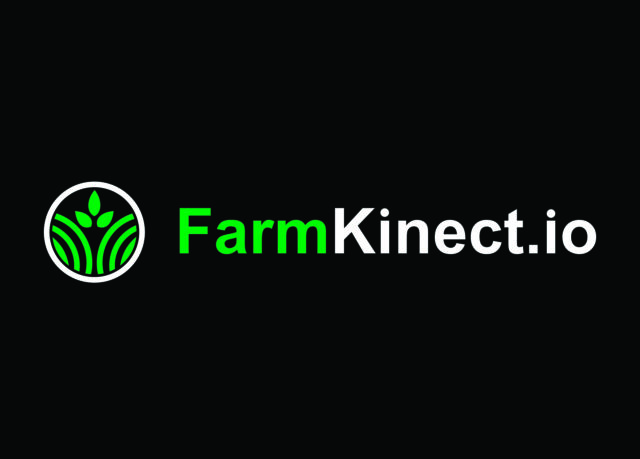Farmers began participating in the exchange right from the start.
“There was immediate uptake by producers in buying and selling quota credits,” says Dairy Farmers of Manitoba Chairman David Wiens.
As a public exchange, administered by Dairy Farmers of Manitoba (DFM), all producers are informed of the clearing price and the quantities of underproduction credits that are purchased each month.
In some provinces, the exchange of quota credits is a simple handshake between two producers at whatever price both parties agree upon.
“We wanted to be transparent in terms of the clearing price,” Wiens says. “We want every producer to have the opportunity to participate on the exchange.”
While the opportunity is there for everyone, there are some restrictions on who can buy and how many credits can be purchased or sold.
Pending quality qualifications, dairy producers in the province have the opportunity to buy or sell up to a maximum of 10 percent of their annual daily quota based on the most recent 12-month rolling quota.
For example, Wiens explains, a dairy farmer with 100 kilograms of daily quota would have a 12-month quota of 36,500 kilograms and can buy or sell 3,650 kilograms of credit in any given 12-month rolling period.
Producers who have had a quality infraction in the most recent 12-month period are able to sell credits, but they are not able to buy them.
For those wanting to purchase credits, the amount is also dependent upon the farm’s quality record.
If the farm is infraction-free but does not meet the merit or gold quality standards during the past 12 months, the producer can purchase up to 12 days of credits. According to Wiens, the majority of producers would be in this category.
Producers that meet merit quality standards can trade up to 24 days of credits, while gold-level producers can purchase 36 days.
Dairy farmers interested in buying or selling underproduction quota credits simply submit offers to buy or sell credits to DFM via phone, email or fax with the amount of credits and the price.
An administrator will confirm the producer is eligible to participate on the exchange based upon their quality record and within the amount of quota credits he or she can trade.
Wiens explains the bids are then entered in a two-column system, one for selling and one for buying. Wherever the most bids line up to buy and sell, that becomes the clearing price.
“It’s hard to manipulate the price because a very high or very low bid will be an outlier,” he says.
Once the line is drawn, there will be successful buyers and sellers – and those that were unsuccessful. Regardless, everything is cleared by DFM from the board and nothing is kept in a residual fund.
All payments are added (if selling) or deducted (if buying) by DFM from the farm’s monthly milk cheque.
Wiens says it is another tool to help producers meet the production requirements as set out by DFM.
Before the exchange, when Wiens’ cows were producing more milk, his option was to dry off some cows earlier or cull cows from the herd.
However, now, if he looks at his production records and charts ahead at his reproduction records to see that production is high now but will be lower in a few months, he knows he can buy some credits to make it through.
“This will help me buy credits to help in a peak period of production so I don’t have to get rid of animals and a few months down the line, I’m good, without having to buy back animals at that time,” Wiens says.
DFM will continue to initiate cover off or incentive days, which is beyond the regular quota amount, but those come and go. The exchange will always be an option to help a producer level off what is happening at his or her own farm.
Wiens mentions it may also help new entrants expand their operation and increase production as an interim option to purchasing additional quota. It would give them the chance to gain confidence they can maintain a certain level of quota before committing to that production level.
On the flip side, Wiens says, producers can run into a period of time when production is low and is expected to be so for only a short period of time. Those producers can sell off a few credits rather than losing them.
For first-generation dairy producer Matt Plett from Blumenort, Manitoba, the exchange is helping as he tests out 3X milking with his 65-cow herd.
Plett decided to take the cues from a growing milk market to see if he could increase production on his farm.
“One management decision that we made in order to try to cap everything that we can ship is we switched to 3X per day milking,” Plett says. “That was enough of a milk increase that it put us a little over what we could ship. We have been buying credits to cover off that excess production so we don’t go over quota.”
He used the exchange in March and April and anticipates he’ll put in some bids over the summer months.
“It’s been a good intermediate tool until we know how 3X milking is going to work for us in the long term,” he says. “Then we’d buy permanent quota and do it long term, but for now the credit exchange has been a very handy tool to go month-to-month until we know exactly what we want to do.”
Plett says the exchange is “simple” and “straightforward” and likes that the price he must pay comes right off of his milk cheque.
He also notes how beneficial it is that the exchange is run on the first business day after the 19th of every month and then retroactive back to the first of the month.
“By the 19th, we know roughly where our milk production is going to fall for the month,” Plett says. The timing “gives us a better chance to gauge how we’re going to end the month.”
The only thing he mentions that he has to keep an eye on is his quality rating, as any decrease there might affect how many credits he is allowed to buy.
Plett plans to evaluate staffing and how the cows are doing with the adjustment to 3X milking come fall.
“If we stay on 3X milking, then I expect we would expand our quota holding, and if not, then we haven’t made that commitment,” he says. “Either way, it’s been a useful tool now when we’re in between.”
The quota credit exchange is intended to be a short-term solution for dairy producers.
“We did not want to make it an alternative to permanent quota,” Wiens says. “That is why we put limits in place to keep it as a tool, a management tool for producers.”
So far, while not yet in operation for full 12 months, Wiens says the 10 percent range seems to be more than adequate to field the ebb and flow of milk production on the farm. “Producers usually aren’t struggling with being 30 percent over quota. It doesn’t vary that much,” he says.
Not only is the quota credit exchange useful for producers, it also has some benefits to DFM by helping Manitoba fulfill its market share and maintain a steady supply of milk for processors.
By enabling producers to sell through the exchange, it prevents a build-up of quota credits, which can become a liability to DFM if they come into play further down the road when that extra milk isn’t needed.
“It will reduce the overall amount of credits that build up in the system and make sure they are used in a timely way,” Wiens says.
It also serves as another indicator of on-farm production within the province.
“The bigger the demand for quota credits, the higher the price will be, and that’s an indication of a shortage of quota credits and strong milk production,” he says.
The exchange helps Manitoba be on a level playing field with other Western Milk Pool provinces where producers are able to purchase credits from one another within the province.
Prior to this exchange in Manitoba, if a producer was out of underproduction quota credits, they could not overproduce. Now there is an opportunity to purchase some from the exchange.
That is exactly what is happening each month. From May, Wiens reports, farmers bid for slightly more than 12,000 kg of credits, while 10,500 kg were for sale. A clearing price of $6.24 per kg resulted in 9,500 kg purchased and sold. There were a total of 39 successful bids to buy and 10 successful bids sold.
Thus far, the clearing price of the quota credit exchange has been around $6 to $7 per kg. Wiens says he has heard of producers paying up to $14 to $15 per kg in other western provinces with private, farm-to-farm exchanges.
In its beginning stages, the public quota credit exchange seems to be working well for Manitoba and its dairy producers. PD

-
Karen Lee
- Editor
- Progressive Dairyman
- Email Karen Lee









